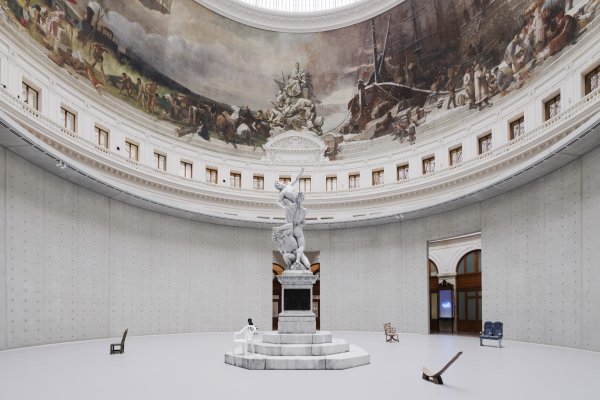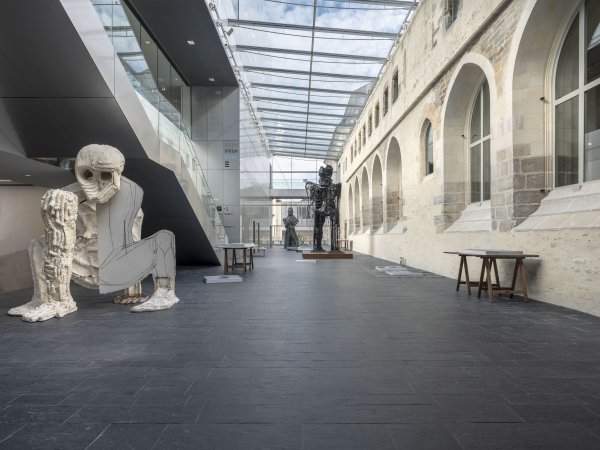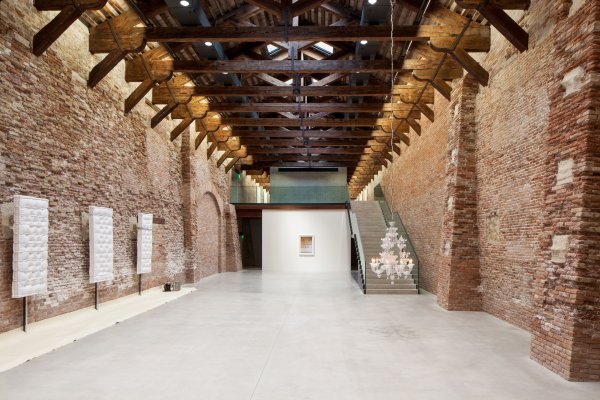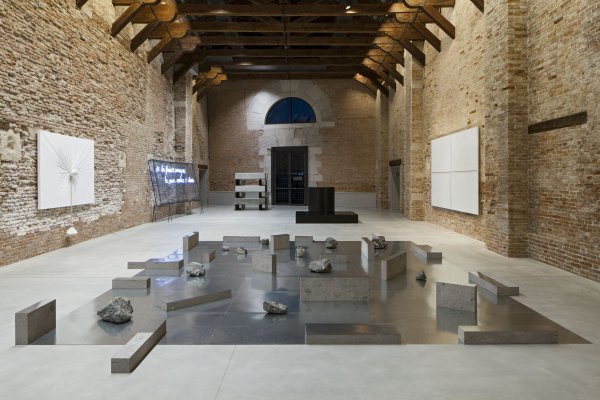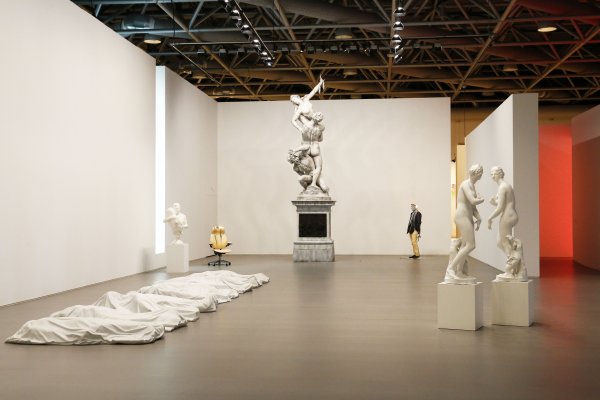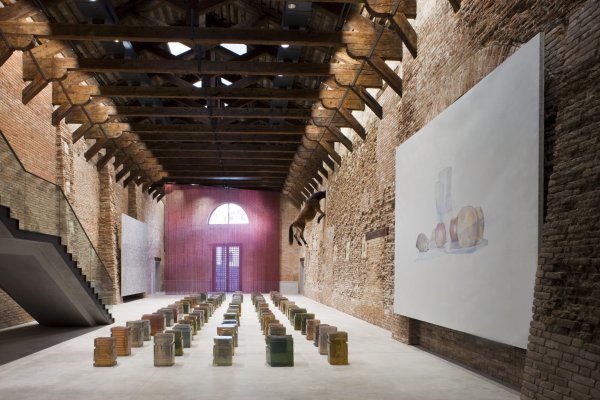Thomas
Schütte
Thomas
Schütte
Schütte
Thomas Schütte's undefinable, shape-shifting works take an anxious, ironic look at the human condition by mixing techniques and genres. Architectural models, sculptures, photographs, drawings and prints make up a veritable "repertory", which, he says, aims to "introduce a distorted question mark into the world".
Influenced by Gerhard Richter's teaching, Schütte at first designed architectural mock-ups, true "models to think about". For example, he built a service station called Fais le plein, Allemagne (Fill it up, Germany). He not only creates spaces but is also a remarkable figurative artist. His caricatured, sometimes downtrodden but always touching figures come to life in clay, wax, ceramics, steel, bronze and full-length or head-and-shoulders portraits. Schütte's unparalleled world combining violence, ingenuity, intimacy and theatricality has made him a leading figure in contemporary German sculpture.
His works in the Pinault Collection perfectly reflect his original, eclectic and radical approach. They were first exhibited at the 2006 show "Where Are We Going?" at the Palazzo Grassi in Venice.
Influenced by Gerhard Richter's teaching, Schütte at first designed architectural mock-ups, true "models to think about". For example, he built a service station called Fais le plein, Allemagne (Fill it up, Germany). He not only creates spaces but is also a remarkable figurative artist. His caricatured, sometimes downtrodden but always touching figures come to life in clay, wax, ceramics, steel, bronze and full-length or head-and-shoulders portraits. Schütte's unparalleled world combining violence, ingenuity, intimacy and theatricality has made him a leading figure in contemporary German sculpture.
His works in the Pinault Collection perfectly reflect his original, eclectic and radical approach. They were first exhibited at the 2006 show "Where Are We Going?" at the Palazzo Grassi in Venice.















